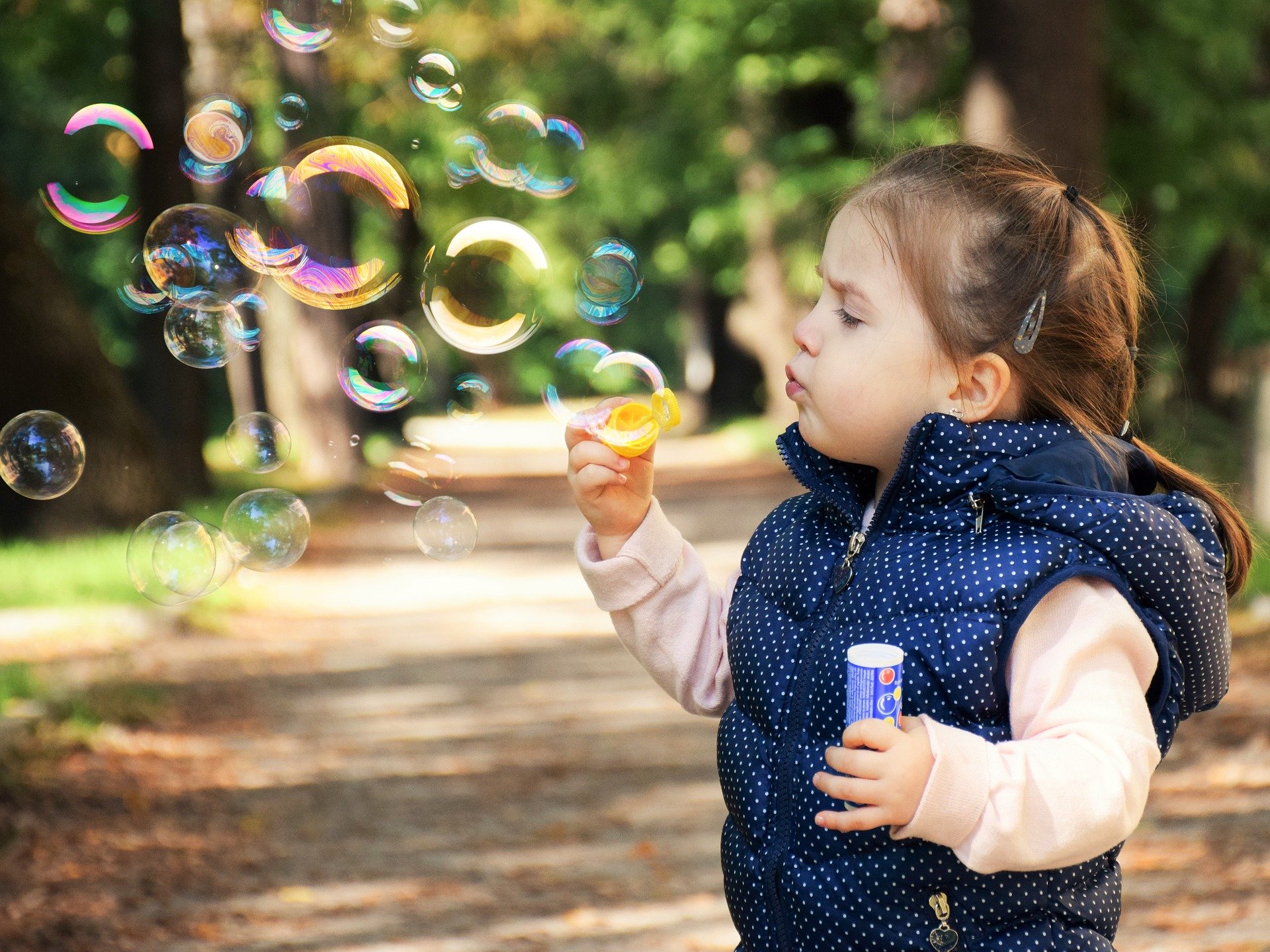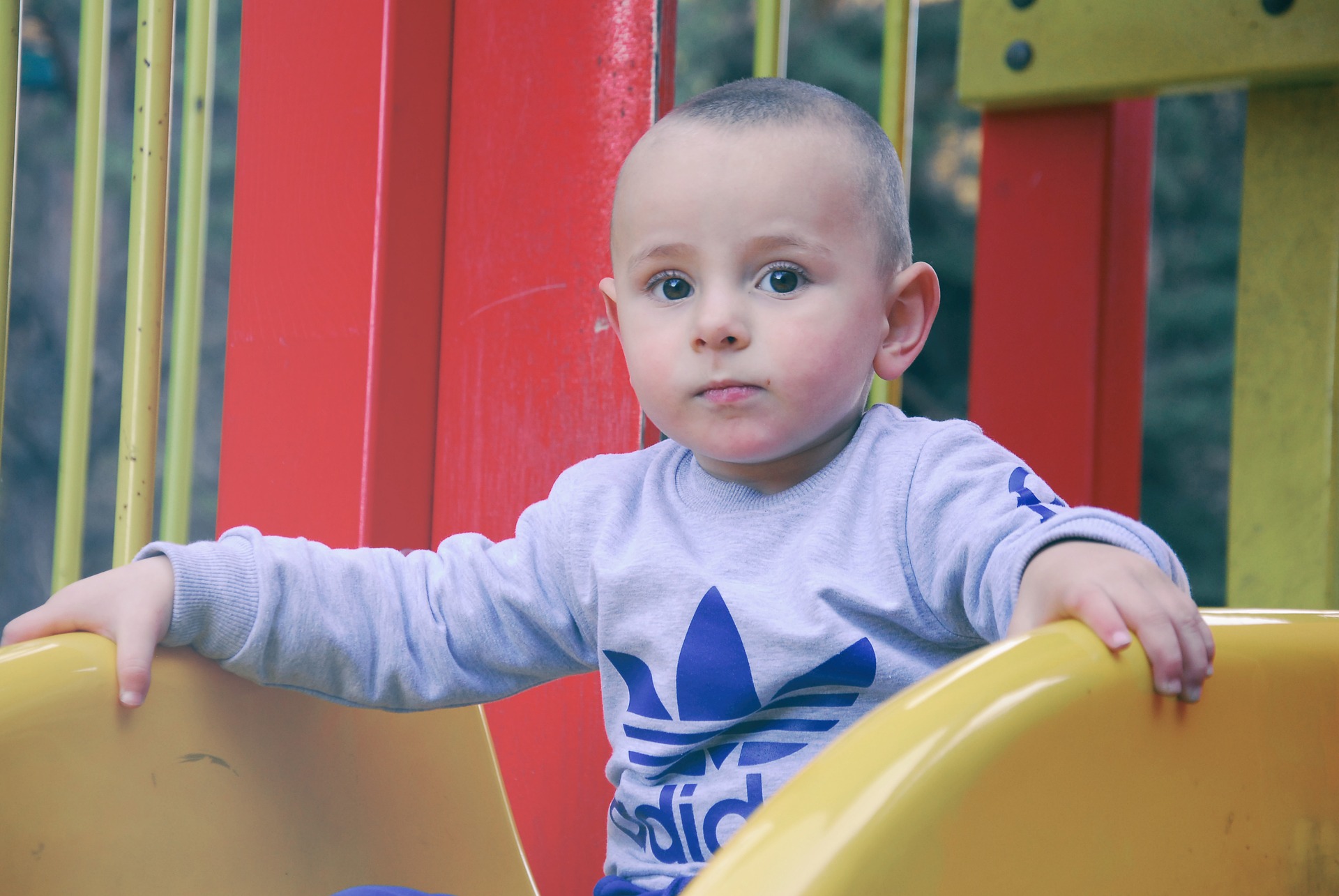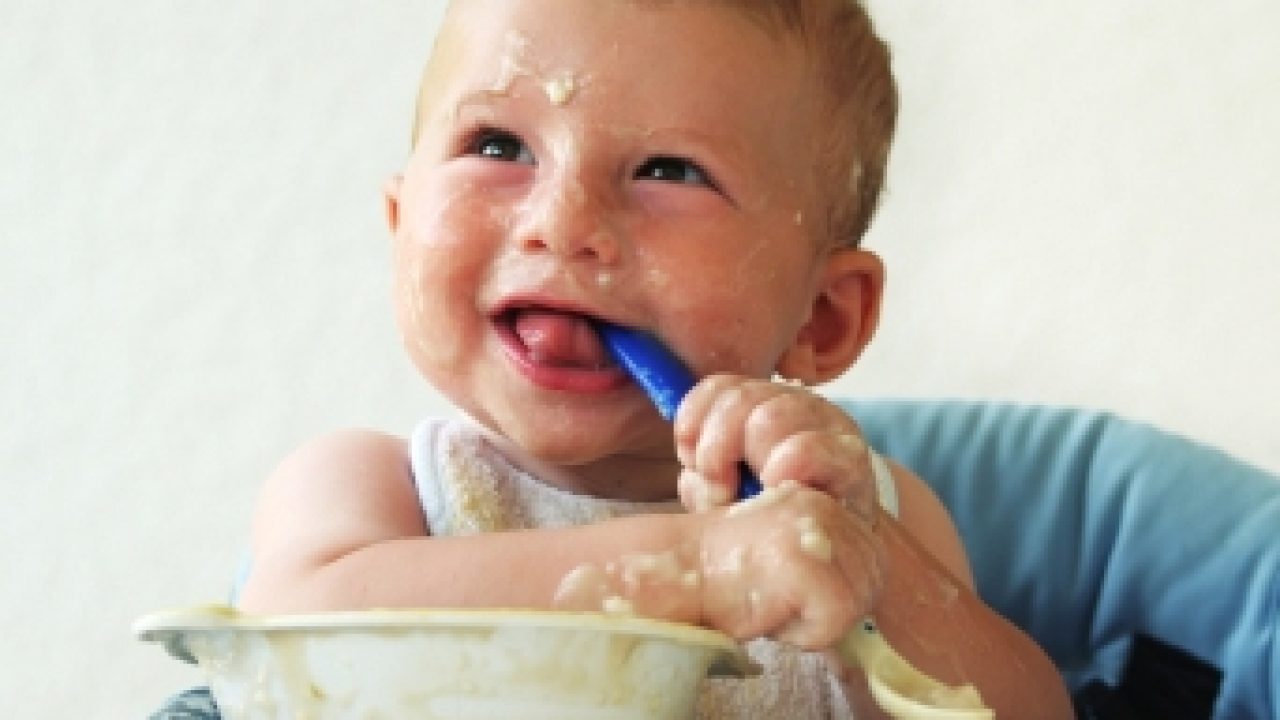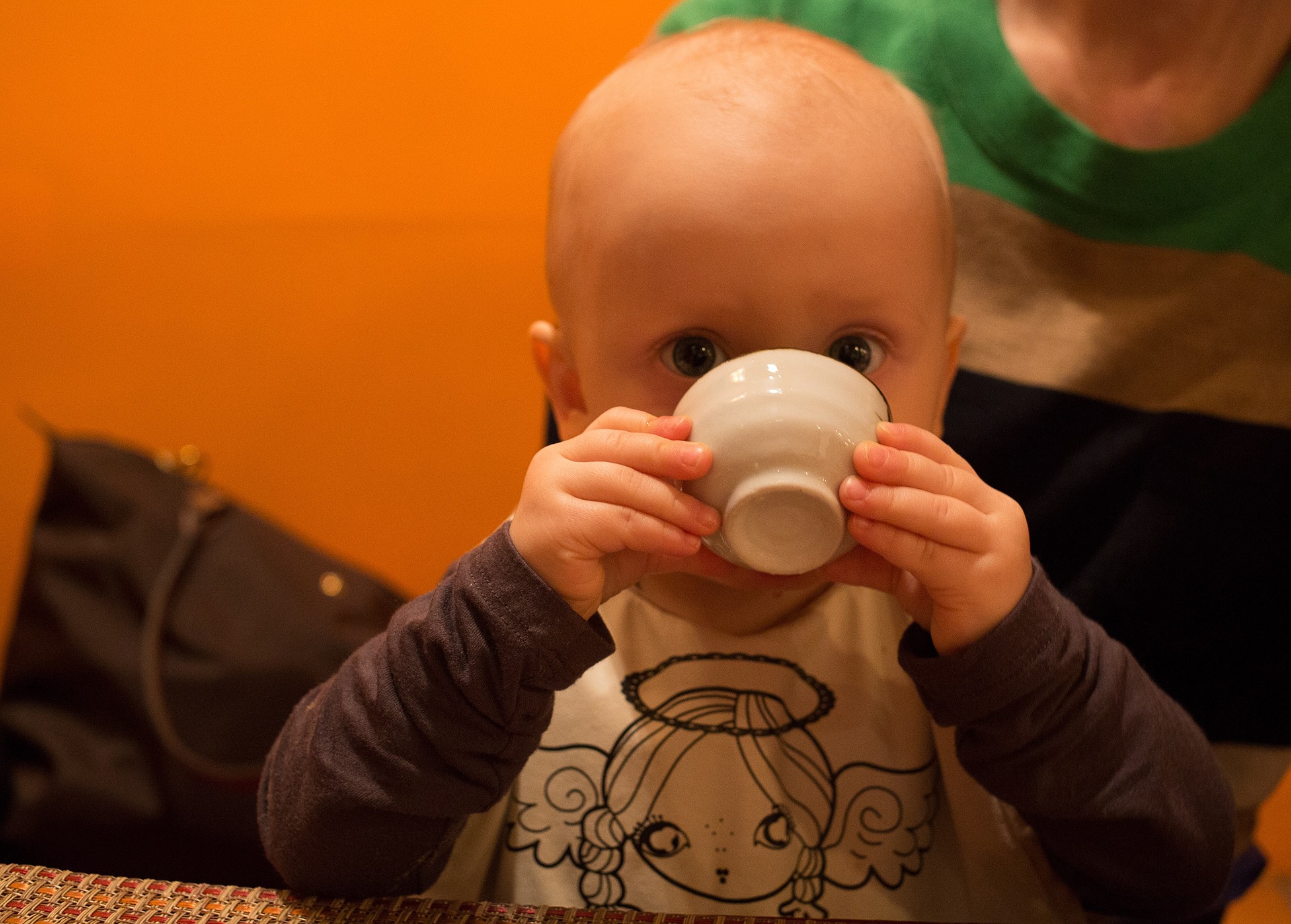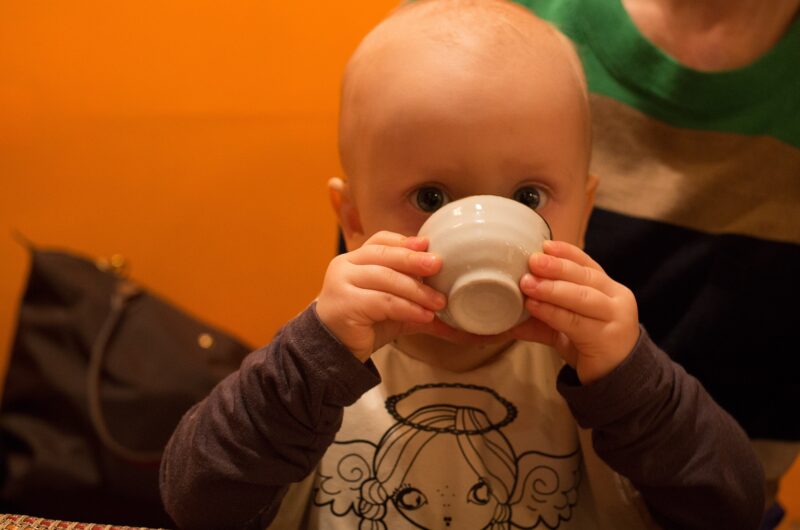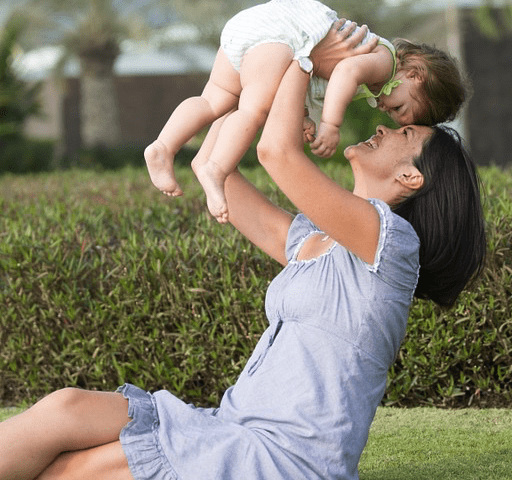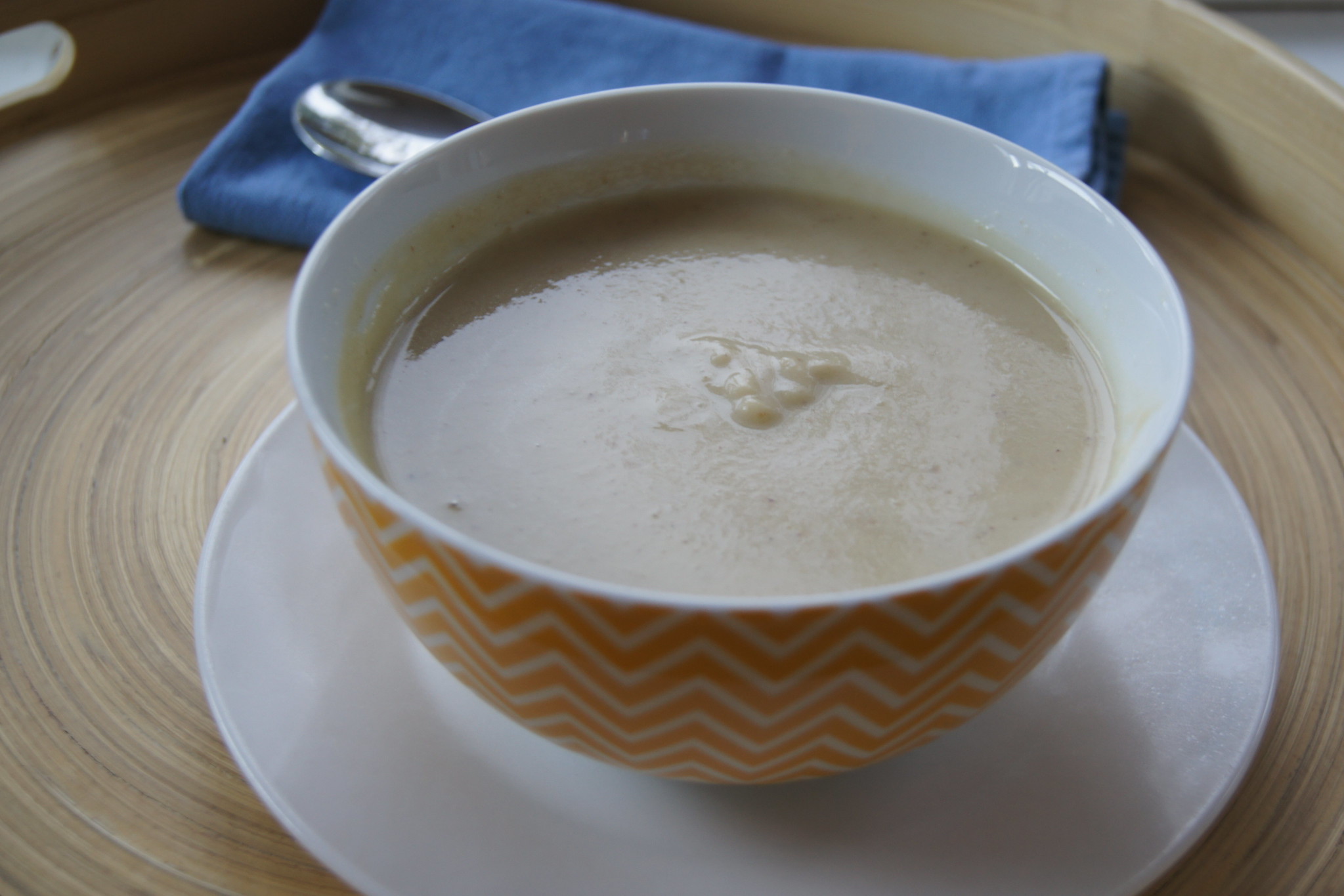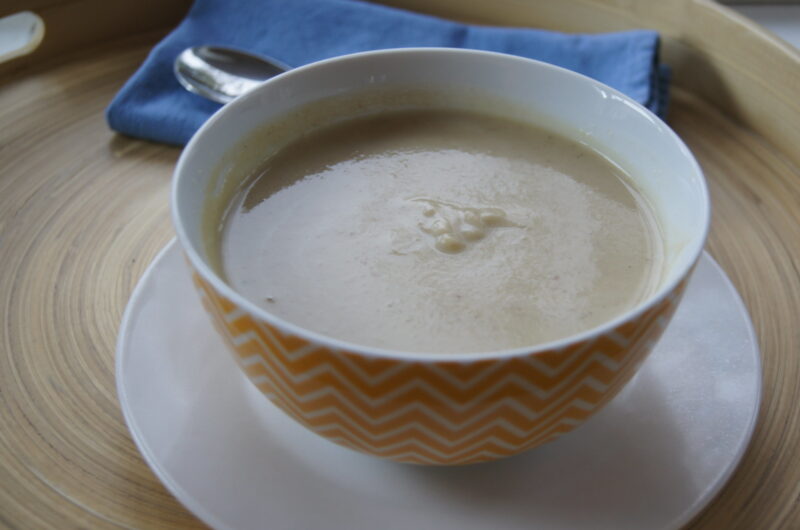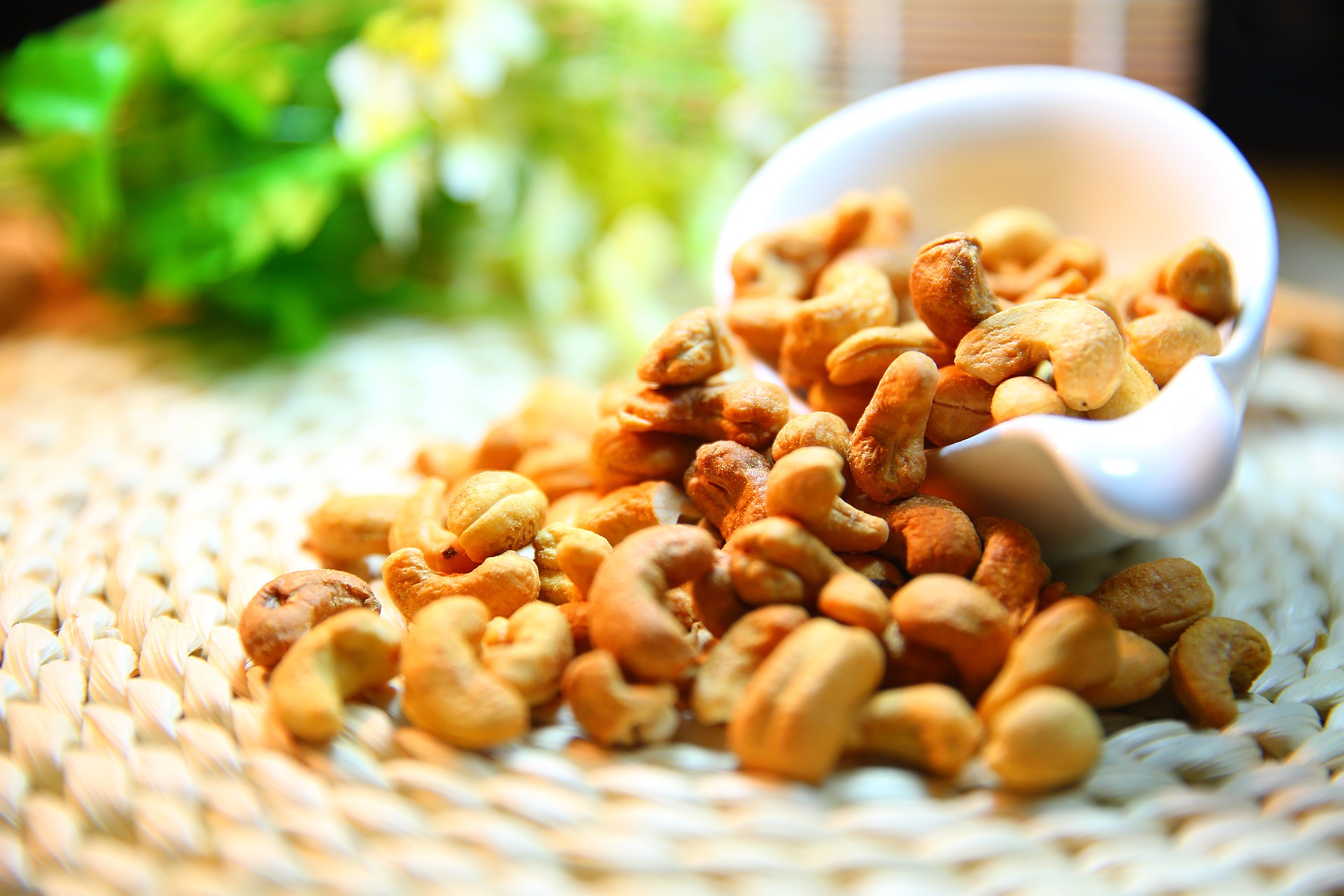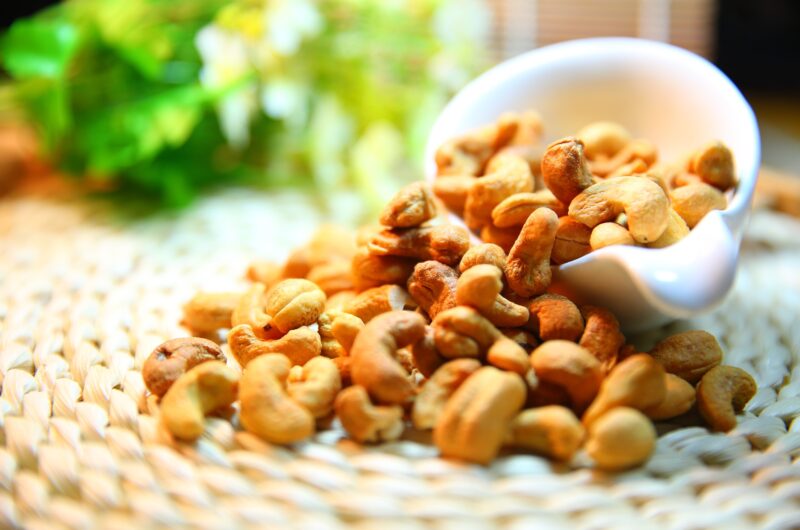

Parenting Toddlers
Lost for Words
As children are growing from being a toddler to childhood parents are usually very aware and concerned about their child’s development.
One of the most grieved about concern is the development of speech.
If you find that your child’s gurgles are not developing into “mama” and “dada” within a short period of time, this will cause anxiety for most.
Time to Take Action
If your child is two years old and is still not talking or she says a few words but in comparison to her siblings and other children her age, she is way behind.
You will probably try to explain it away various excuses, hoping the child will catch up. Some children are early walkers some are early talkers, so you will tell yourself there is nothing to worry about. Unless there are other areas of slowness in the child’s development parents will hesitate to seek medical advice.
If slow language development is becoming a worry you should contact your family doctor.
Your doctor may refer you to a speech therapist. A speech therapist is a health professional trained to evaluate and treat people who have speech, language voice or swallowing disorders that will affect their ability to communicate.
Speech Therapy
The speech therapist will evaluate your child with a special speech and language test; this can also include a hearing test as hearing difficulties can affect speech. Depending on the results the therapist may suggest activities you and your child can do at home to improve speech and language development. This can include reading to the child more regularly, speaking in short clear sentences, making it easy for your child to imitate you.
Make sure you use correct pronunciation and grammar.
The therapist may also recommend group therapy or refer you to another professional for further evaluation such as an audiologist (hearing specialist) or development psychologist.
Speech development warning signs
About 10% of all children have some difficulty learning a language. Experts encourage parents to make sure that the child hearing is not impaired, also that his speech development falls within the normal range.
Learn some signs that could indicate speech issues in your baby.
If you notice that your baby doesn’t startle at loud sounds, this could be an indication of hearing problems, which in itself will affect speech also.
If your baby’s eyes don’t follow you around when your talking this could be another sign of hearing problems. A baby is naturally curious about speech and will generally follow you around the room with his eyes if you’re talking or singing.
A baby will begin to imitate sounds between 4 to 6 months.
If your child is not doing this, it could be he can’t hear any sounds to imitate. Get him checked out by your doctor.
The typical 18-month-old baby will have a vocabulary of about 50 words.
If your child were not uttering any words at this stage it would be considered unusual. Most children start using 2-word combinations by 18 to 22 months. If your child were not putting two words together by the age of two and a half, this would be a red flag for language delay.
In some cases, the problem has a social or environmental cause, such as the lack of communication and stimulation in the home. Parents can help develop their children’s environmental skills by doing various tasks such as:
- Read books and sing songs to your child on a daily basis beginning in infancy.
- Introduce a wide vocabulary by giving everything its specific name.
- Speak directly and clearly to your child giving him time to respond.
- Avoid finishing the child’s sentences.
Speech Facts
There is great variation in the onset of expressive language. Children generally understand (“receptive speech”) far more than they can articulate themselves (“expressive language”).
Girls general develop the ability to communicate earlier than boys. Language can develop smoothly and continuously, or in spurts and jumps. Because language development varies, it’s important not to compare your child’s language and speech development to other children’s language and speech development.
Speech and language problems can certainly create serious social, emotional and academic challenges for children, but the good news is that it is treatable. The help of a healthcare professional and the love and support of a family can ensure that your child will never be lost for words.
